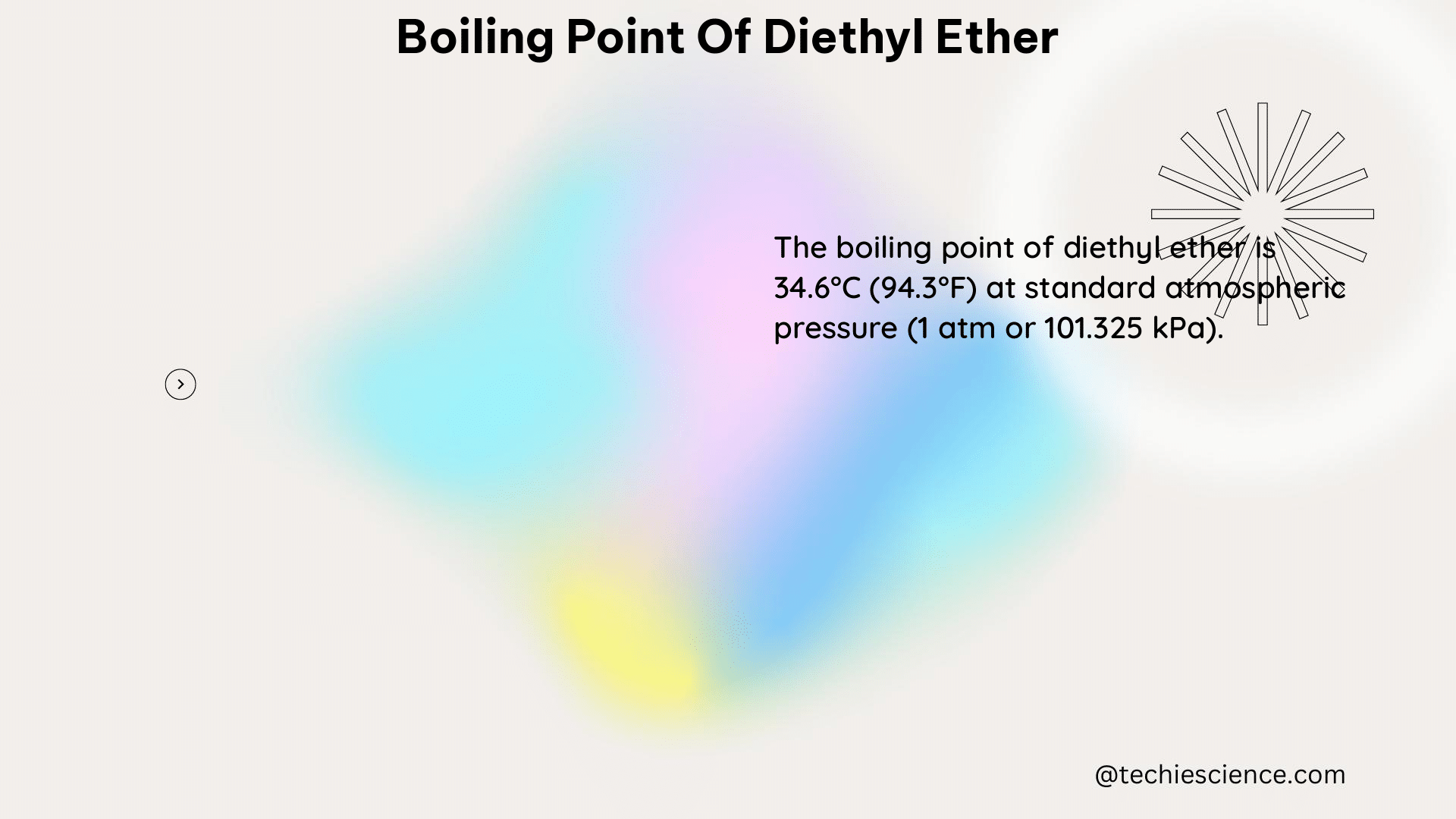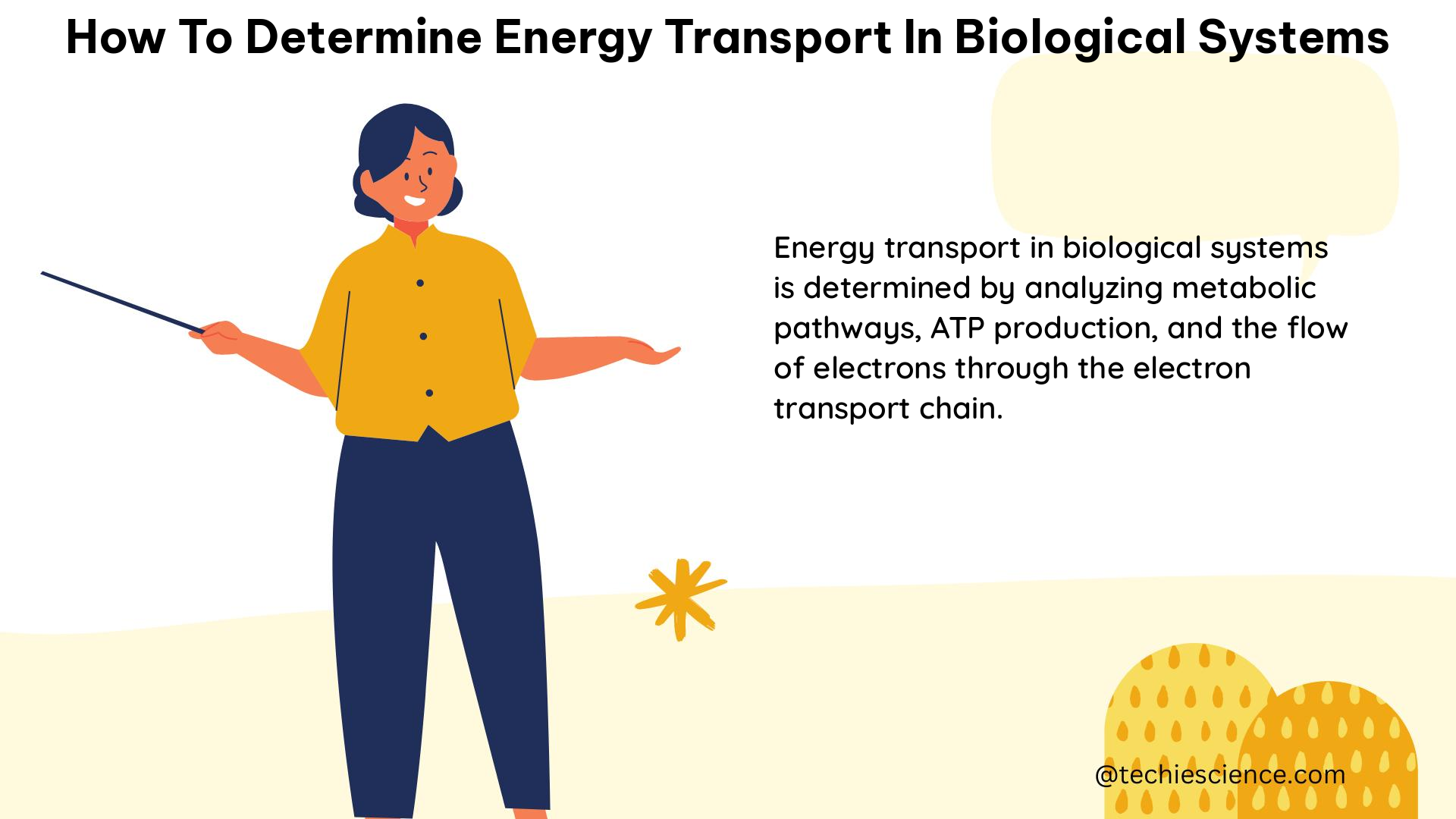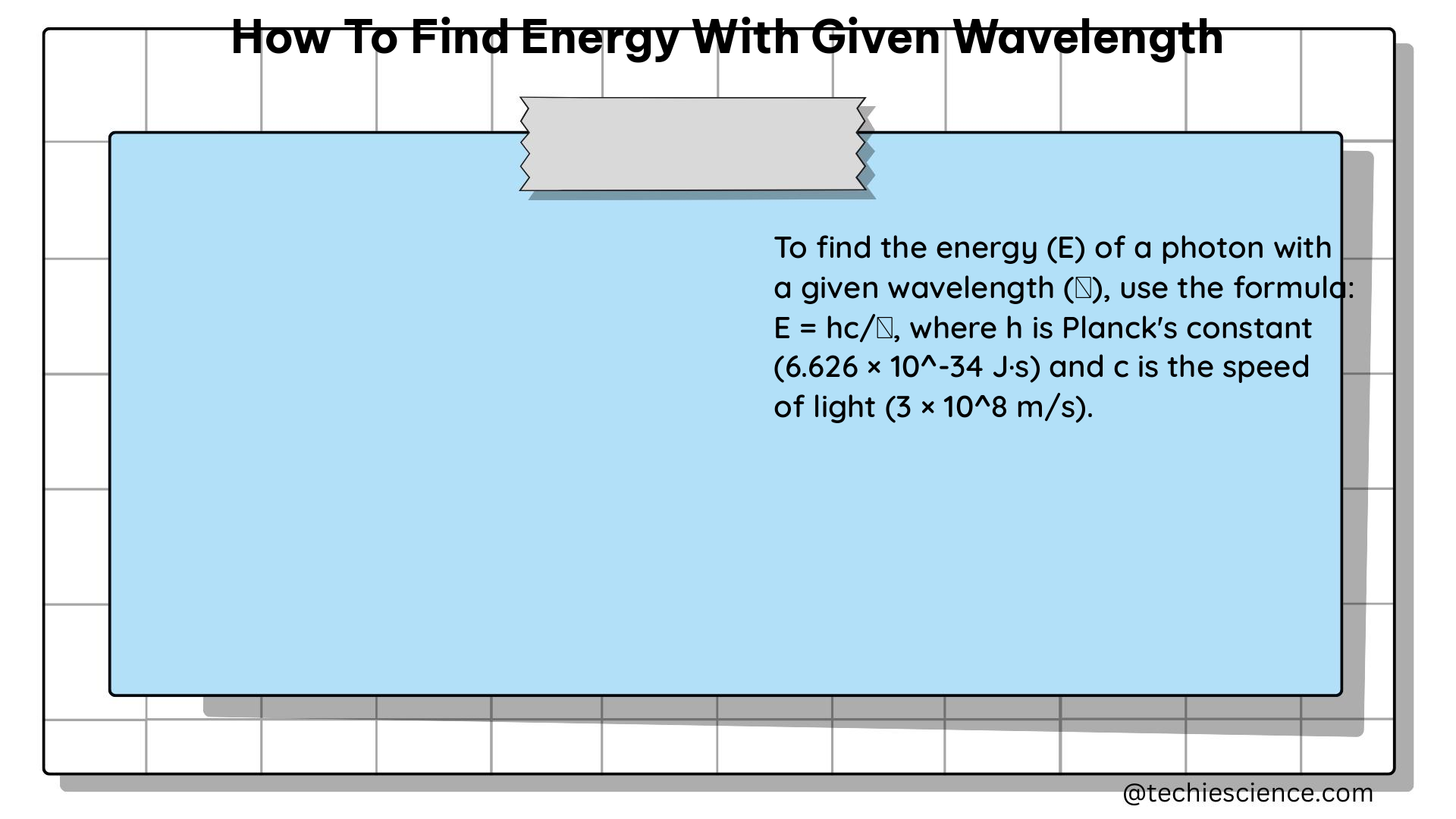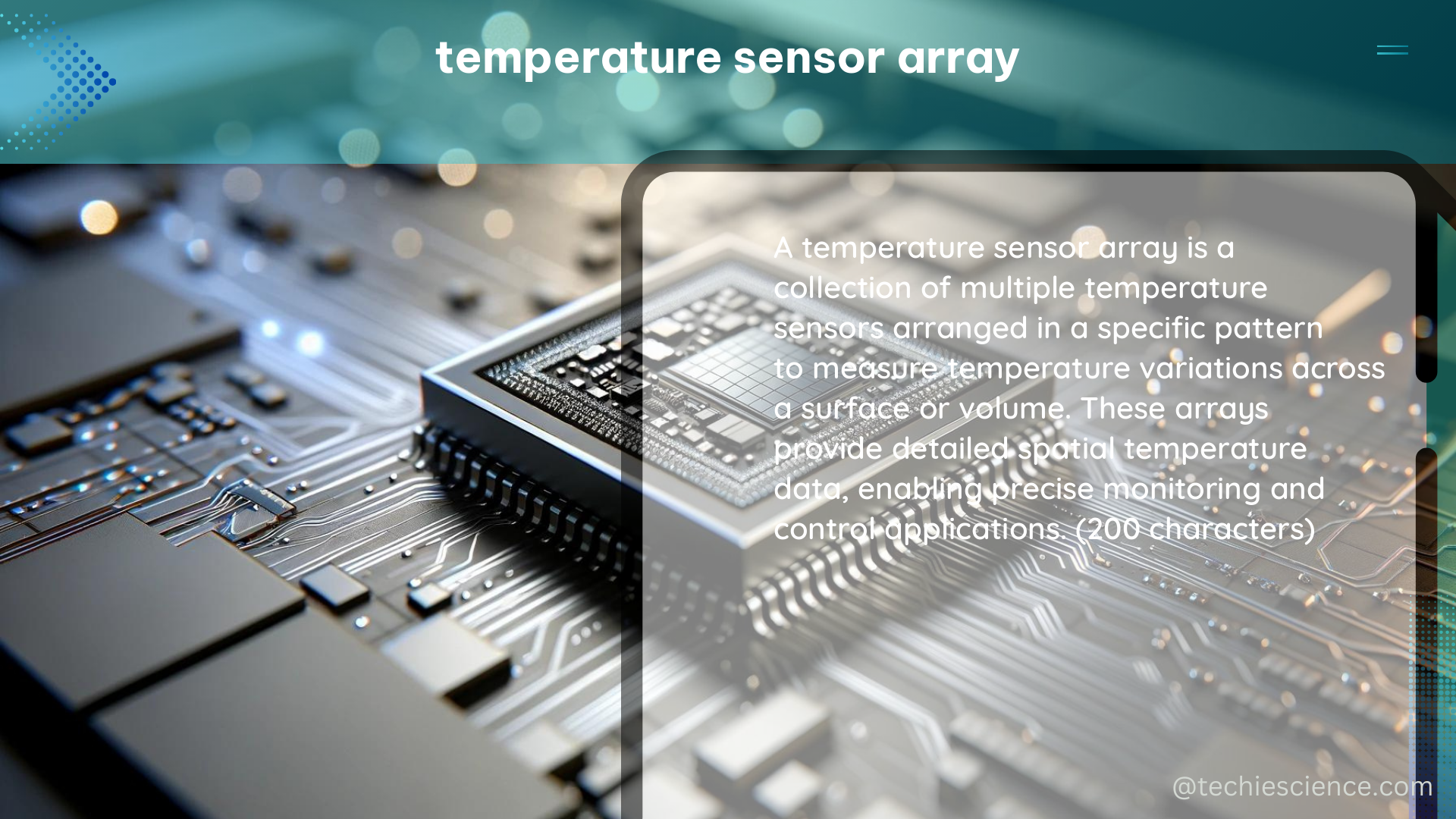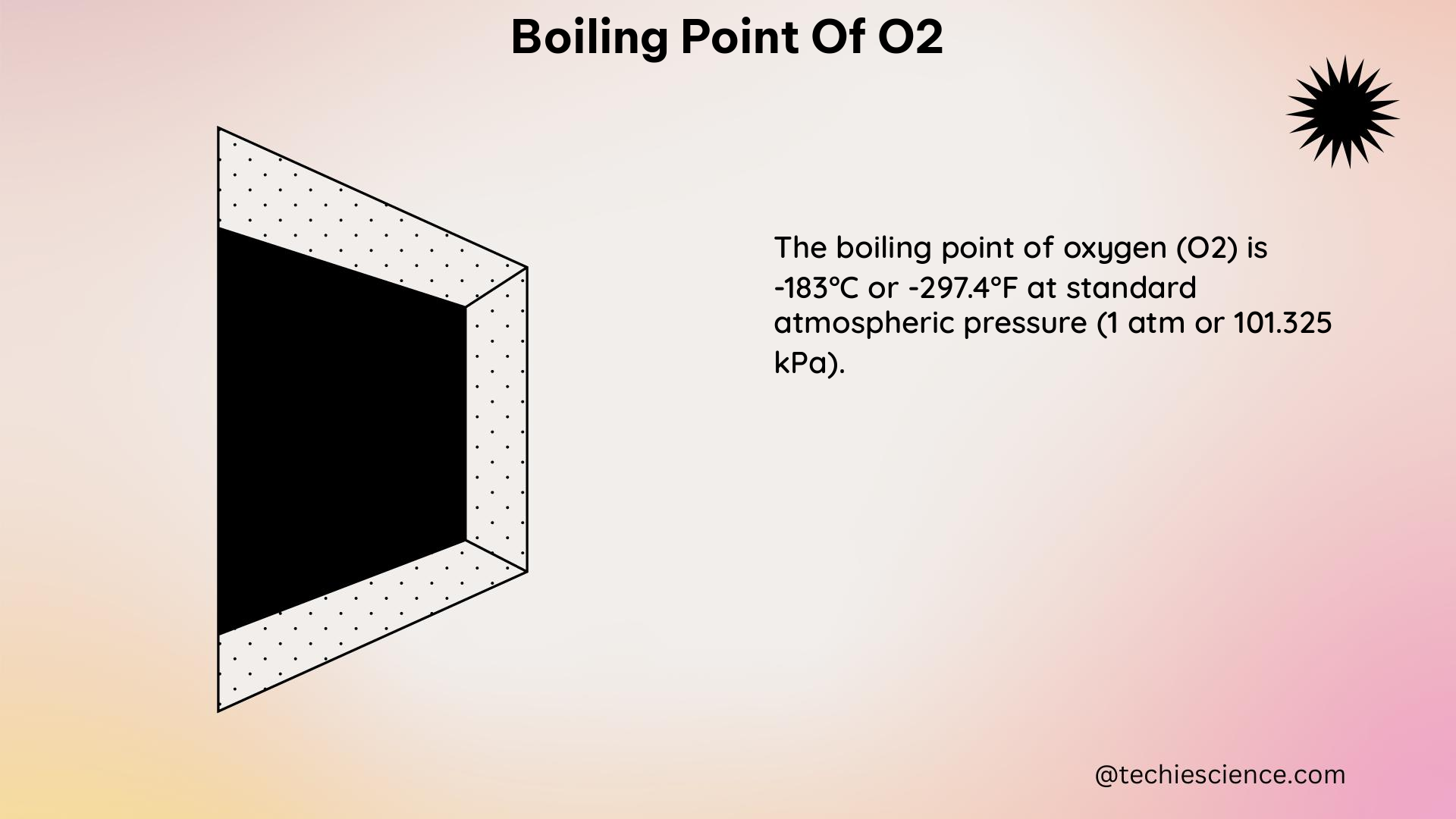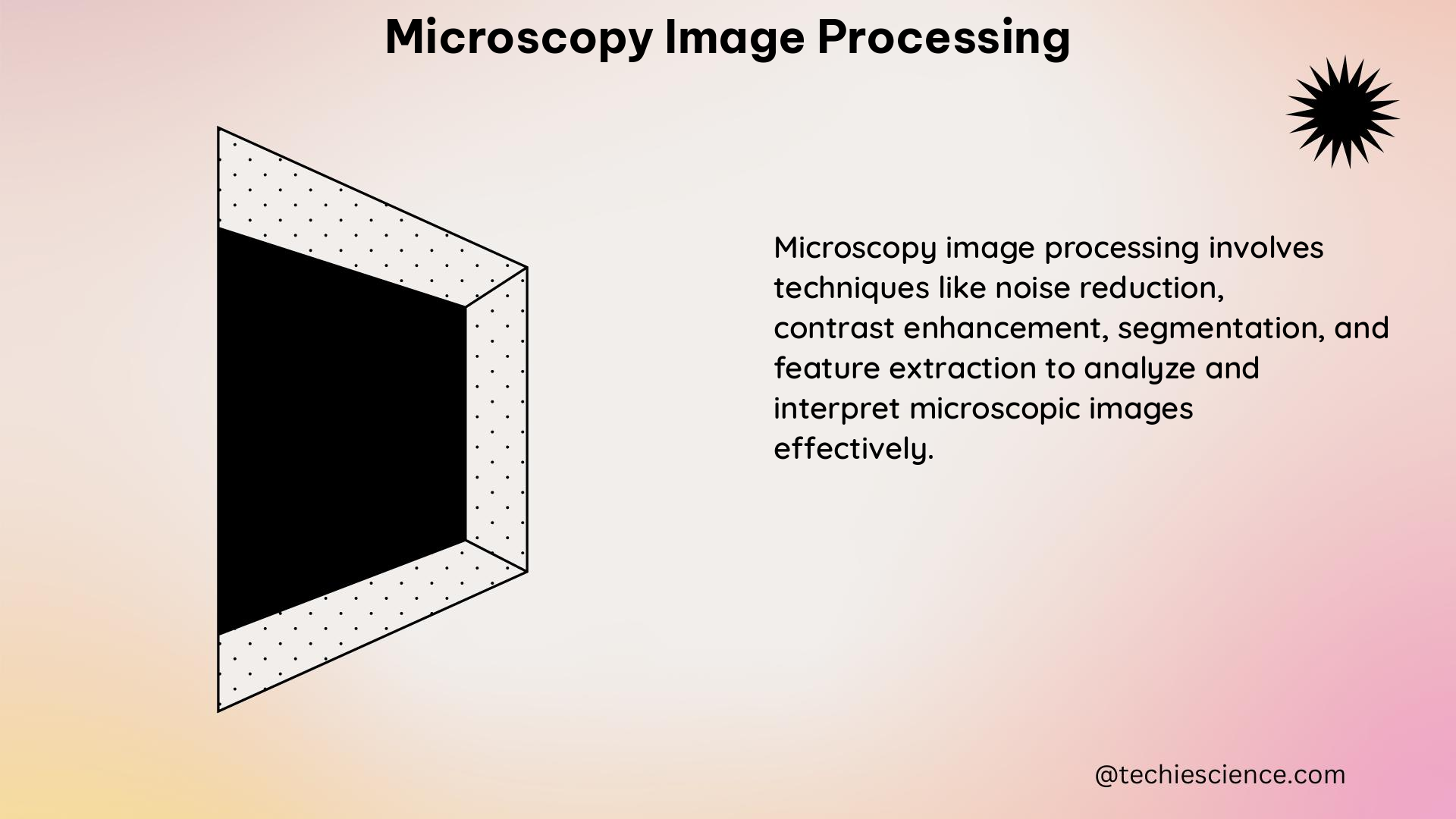The Boiling Point of Diethyl Ether: A Comprehensive Guide
Diethyl ether, with the chemical formula CH3CH2OCH2CH3, is a widely used solvent in various chemical and industrial applications. Its boiling point is a crucial physical property that plays a significant role in understanding and predicting the behavior of this compound. In this comprehensive guide, we will delve into the intricacies of the boiling point of … Read more
